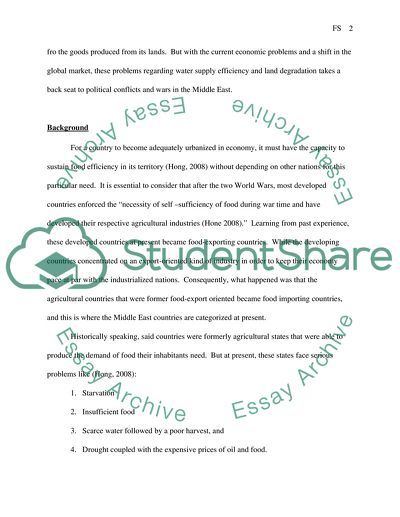Cite this document
(“Food Scarcity Essay Example | Topics and Well Written Essays - 2500 words”, n.d.)
Retrieved from https://studentshare.org/human-resources/1548909-food-scarcity
Retrieved from https://studentshare.org/human-resources/1548909-food-scarcity
(Food Scarcity Essay Example | Topics and Well Written Essays - 2500 Words)
https://studentshare.org/human-resources/1548909-food-scarcity.
https://studentshare.org/human-resources/1548909-food-scarcity.
“Food Scarcity Essay Example | Topics and Well Written Essays - 2500 Words”, n.d. https://studentshare.org/human-resources/1548909-food-scarcity.


